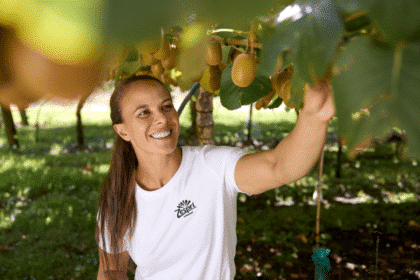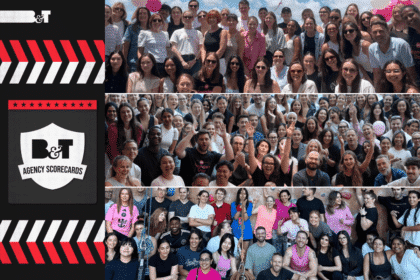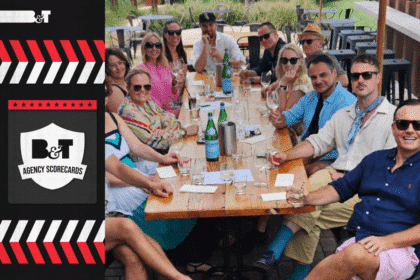New research from Getty Images, a world leader in visual communications, has found that LGBTQ+ representation in ANZ remains low and stereotypical.
It’s 2021 – this needs to change – especially in marketing and advertising.
In partnership with GLAAD, the LGBTQ+ media advocacy organisation, Getty Images has launched a full-spectrum Guidebook in direct response to findings from its Visual GPS report that reveal only 20 per cent of people in ANZ see LGBTQ+ people represented regularly in marketing and advertising.
What’s more, the images and videos used are often limited to false or outdated stereotypes:
-
30 per cent of such visuals depict gay men as ‘feminine’
-
25 per cent of such visuals depict LGBTQ+ people carrying the rainbow flag in some capacity
-
31 per cent of such visuals depict lesbian women as ‘masculine’
-
36 per cent of such visuals depict gay men as ‘flamboyant’
-
21 per cent of such visuals depict LGBTQI+ people in everyday situations, as active members of ”mainstream” society
-
While eight in 10 ANZ consumers say they expect brands to be consistently committed to diversity and inclusion, only four in 10 feel accurately represented
While marketers and advertisers may feel hesitant when it comes to proactively depicting the LGBTQ+ community properly, it’s time for change.
“We know increased authentic representation positively impacts increased acceptance, however, our research has shown that ANZ media and businesses are misrepresenting the LGBTQ+ community by relying too heavily on stereotypical imagery,” said Kate Rouke, head of creative insights Asia Pacific at Getty Images and iStock.
That reliance has left some advertisers feeling hesitant when it comes to proactively depicting the LGBTQ+ community in their campaigns and communications, especially outside of events like Mardi Gras.
Kate Rouke continued: “Australian and New Zealand brands have a great opportunity to look beyond token opportunism, and create and use visuals that effectively reflect and speak to the LGBTQ+ community – without fear of backlash or to simply ‘tick a box’.”
“Brands that continue to use cliched visual stereotypes to minimise risk of offending the more conversative customers, will do more harm in the long run. Our society is constantly evolving and changing.”
“Our recent research also revealed that for Australians and New Zealanders the top way they know a company is truly committed to diversity and inclusion is by consistently showing a wide range of people, lifestyles, and cultures in their communications. Ignoring these cultural changes means they will lose out to their competitors in the long run.”
There’s more to the community than Pride and rainbows — the Guidebook provides clear advice on how to authentically represent the community so brands can move beyond token opportunism without fear of backlash.
Featured Image: Jessie Casson/Getty Images








